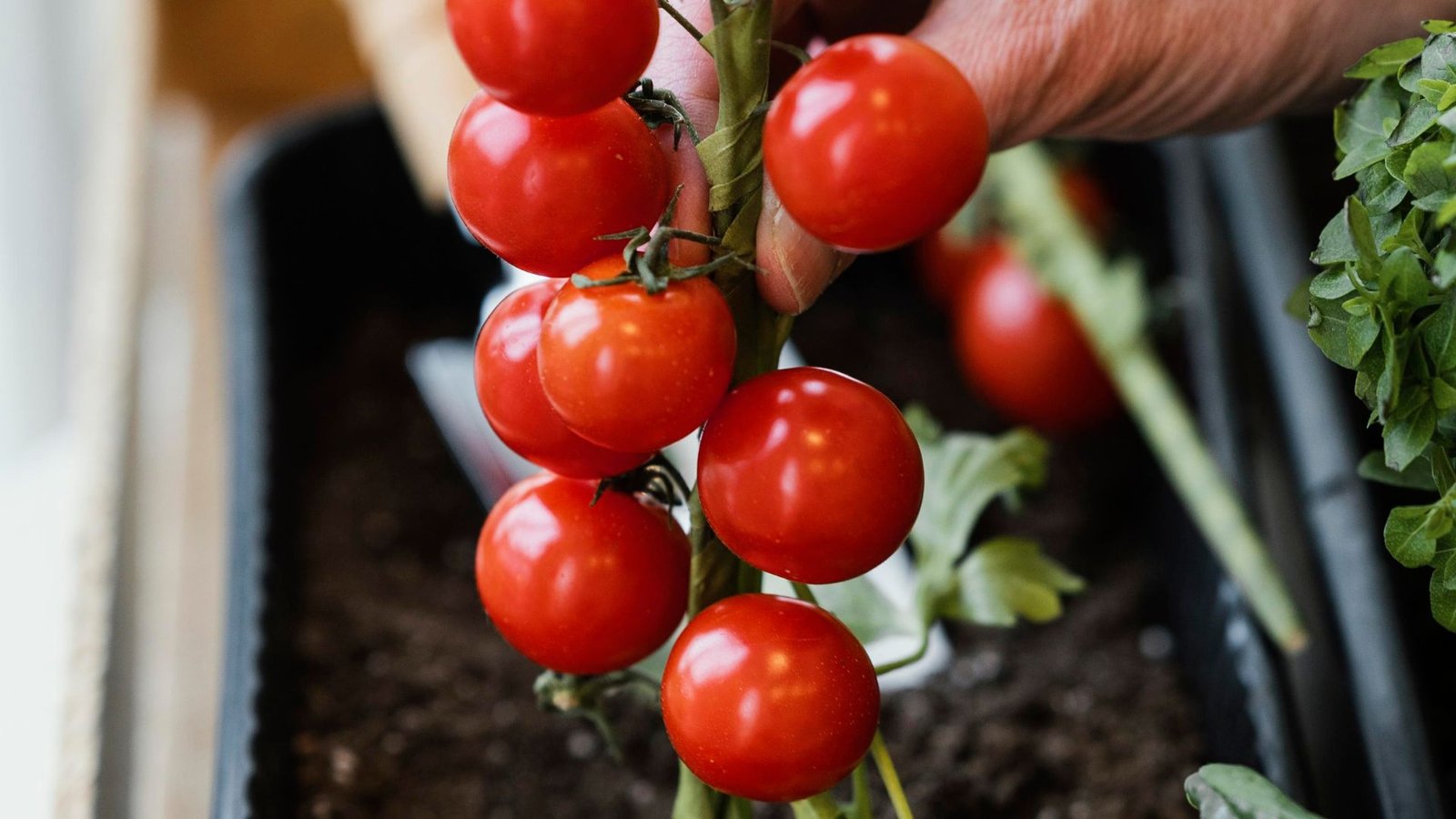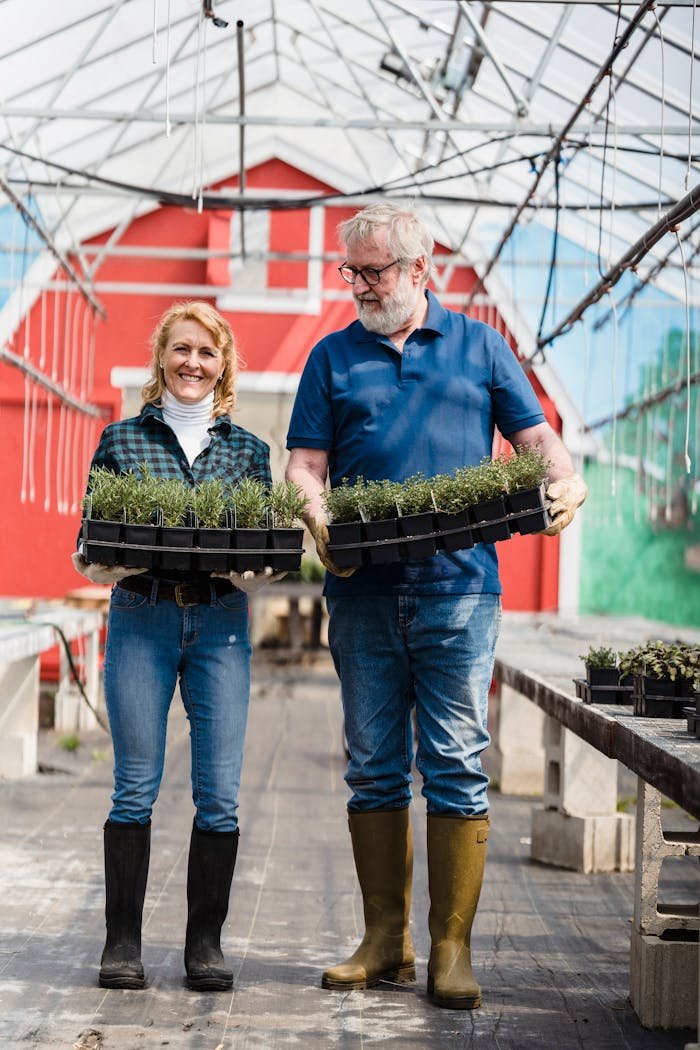If you’re wondering how and when to plant tomatoes in Florida, you’re in the right place. Florida’s unique climate—ranging from subtropical to tropical—means that the Florida tomato growing season differs greatly from most of the U.S. From Zone 8b to Zone 11a, understanding your local conditions is the key to success.
Whether you’re aiming for a fall tomato planting Florida schedule or planning your garden for spring, the right timing and preparation can lead to a rewarding harvest. In this guide, we’ll walk you through a complete tomato planting guide Florida style, including everything from starting seeds to protecting your plants in humid weather plant diseases.
Understanding Florida’s Growing Zones (8b to 11a)

Florida is divided into growing zones based on average minimum temperatures. These are USDA Zones 8b to 11a. Each zone has its own Florida tomato planting calendar. Zone 8b tomato planting schedule starts later than South Florida’s, where tomatoes grow nearly year-round.
In Zone 9, which includes much of Central Florida, tomatoes are planted twice a year: early spring and early fall. Zone 10 vegetable gardening happens mostly in cooler months due to intense summer heat. And in Zone 11a, South Florida gardeners plant during fall and winter. This is why understanding Florida frost dates is essential to avoid losing plants early. A simple rule? Avoid frost and extreme heat.
When to Plant Tomatoes in Florida by Region
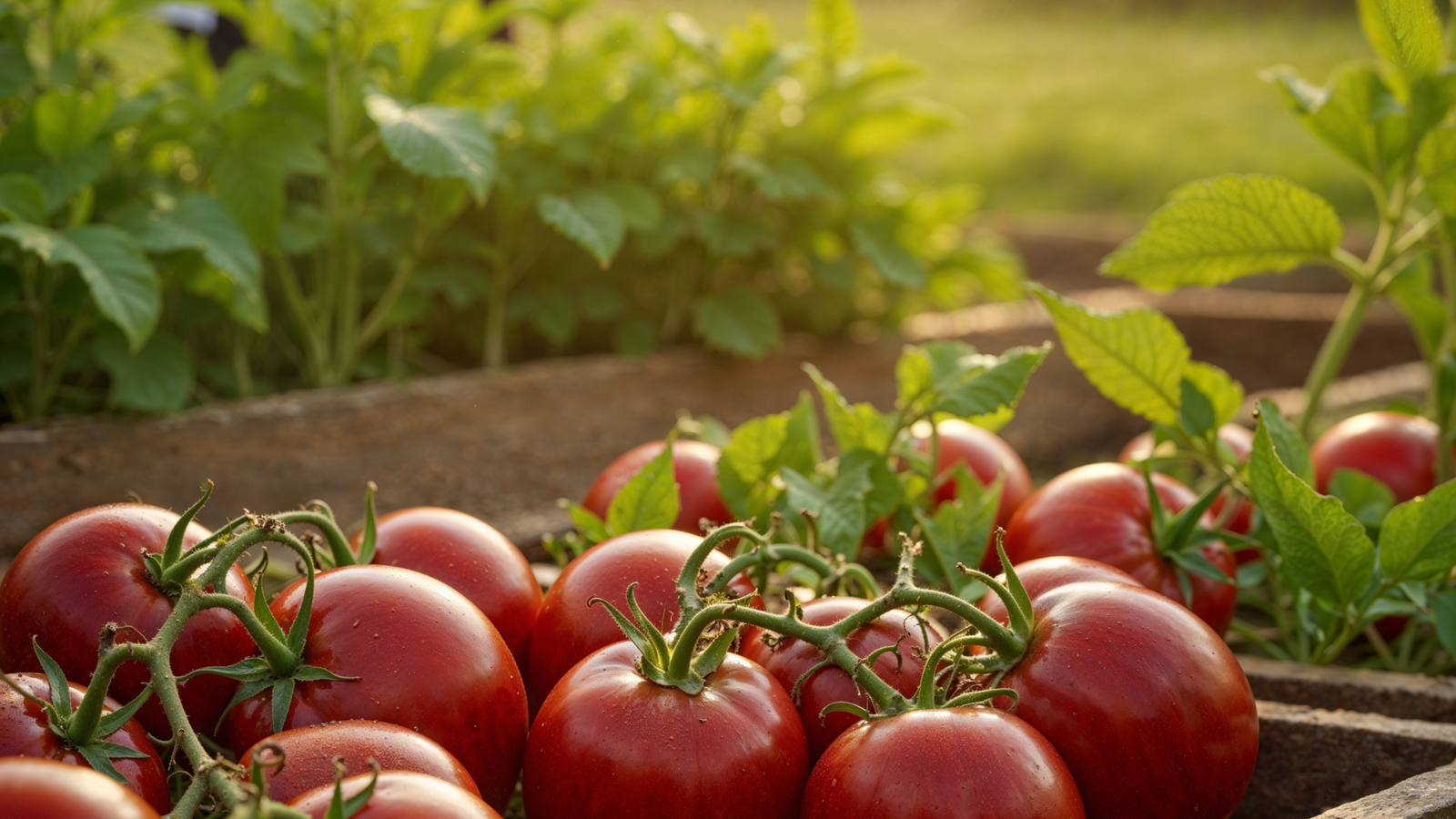
Spring tomato planting Florida starts between January and March, depending on the zone. In North Florida (Zone 8b), seeds are started indoors in January, and plants go in the ground in March after frost risk passes. Central Florida begins around February. In South Florida, planting starts in late December or January.
Fall tomato planting Florida begins in July or August in Central and South Florida. In Zone 9 tomato care, fall planting is best in August for a harvest before December. Fall is ideal because it avoids summer’s harshest heat. Below is a simple guide to Florida planting times:
| Zone | Spring Planting | Fall Planting |
| 8b | March-April | Not recommended |
| 9a/9b | Feb-March | August |
| 10a/10b | Jan-Feb | August-Sept |
| 11a | Dec-Jan | Sept-Oct |
The Best Tomato Varieties for Florida’s Climate
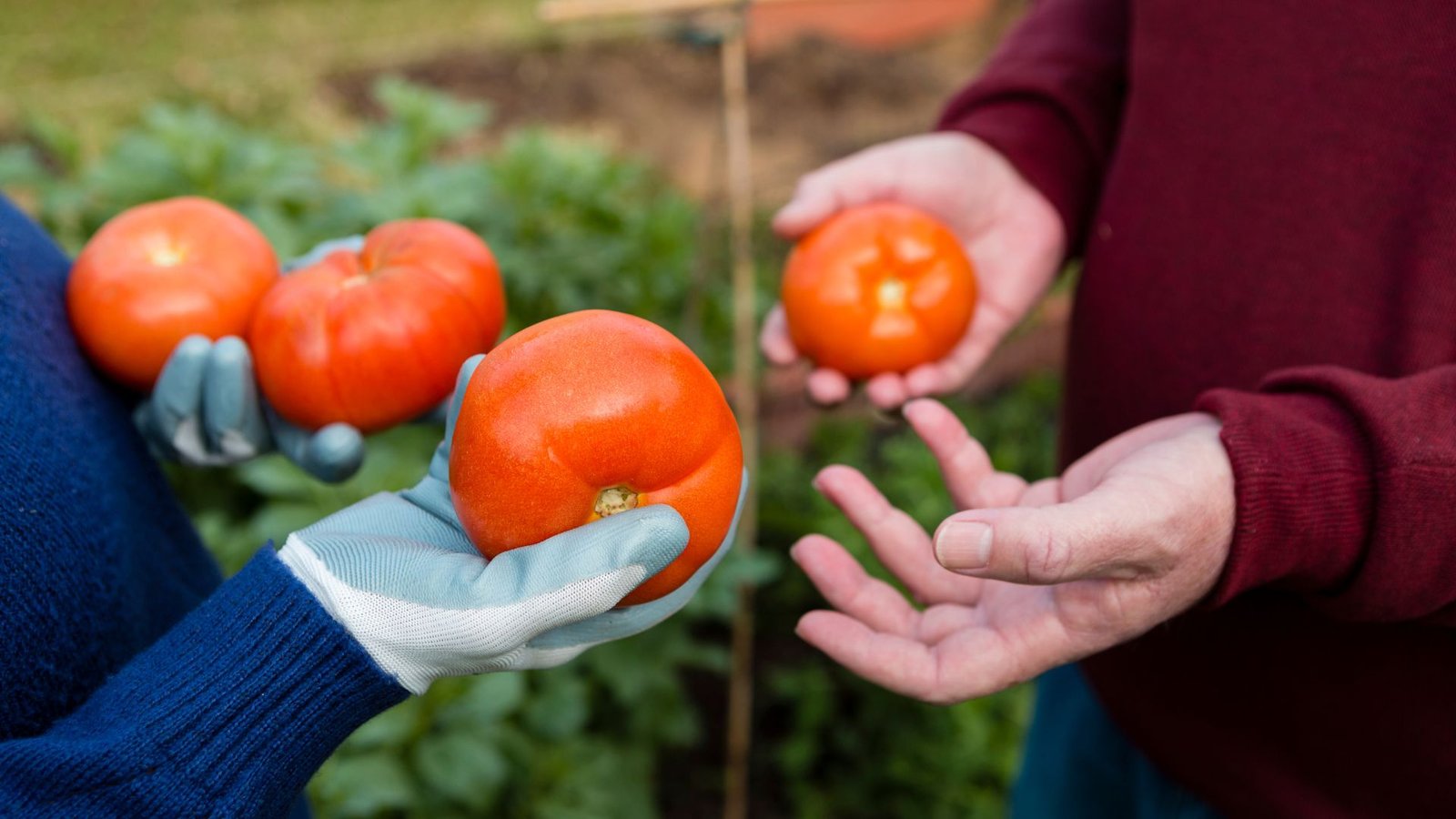
Not every tomato works well in Florida. You need Florida-friendly tomato plants that can handle heat and moisture. Some good choices include the Everglades tomato, a small native tomato that thrives in heat and poor soil. Heirloom tomatoes Florida growers love include Cherokee Purple and Mortgage Lifter.
You should also know the difference between Determinate vs indeterminate tomatoes. Determinate types grow to a certain size and stop. They’re better for short seasons. Indeterminate tomatoes keep growing and producing all season, which is great for the Florida tomato growing season if you can manage the vines.
Choosing the Right Location and Sun Exposure
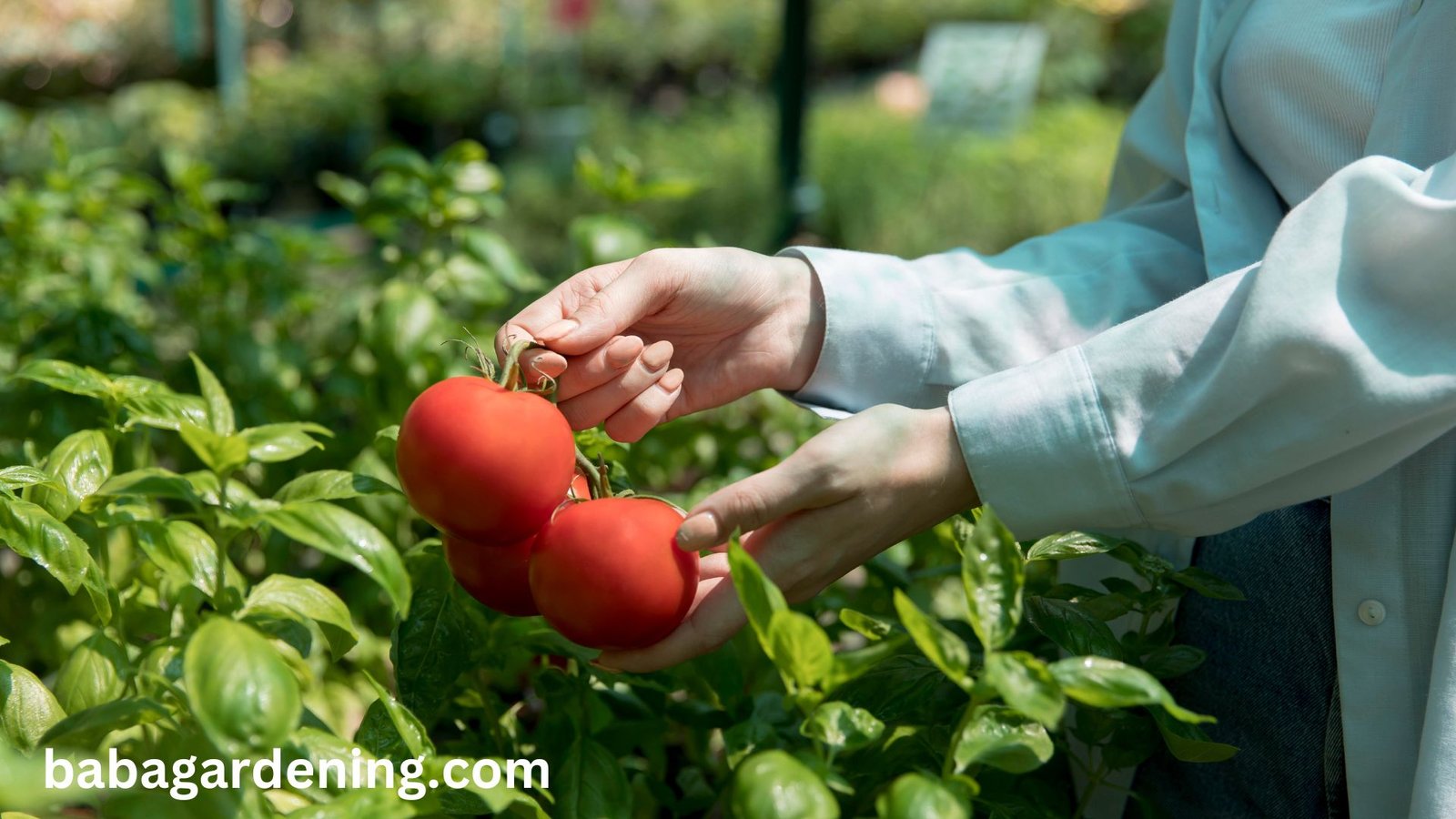
Tomatoes need sunlight to grow. The Garden sunlight requirements for tomatoes are at least six to eight hours of direct sunlight daily. Choose a spot with full sun, away from large trees or buildings that block light. In Florida’s heat, some afternoon shade can actually help.
Spacing is important too. Don’t crowd your plants. Good air flow prevents Humid weather plant diseases like mildew or rot. Tomatoes like space and light to thrive. Raised areas or containers help avoid flood-prone spots in Florida’s rainy season.
Soil Preparation and Fertilizer Tips
Tomatoes don’t like poor soil. Florida has sandy soil that drains too fast and lacks nutrients. That’s why Soil amendment with compost is necessary. Mix compost, manure, and other organic matter into the soil. It helps with water retention and nutrient supply.
Use a balanced Organic fertilizer for vegetables at planting time, then every 3–4 weeks. Compost tea or fish emulsion also works well in Organic gardening Florida style. For best results, test your soil. Ideal pH is between 6.0 and 6.8 for tomatoes. Keep soil loose, rich, and well-draining for top harvests.
How and when to Grow Tomatoes in Florida’s Heat
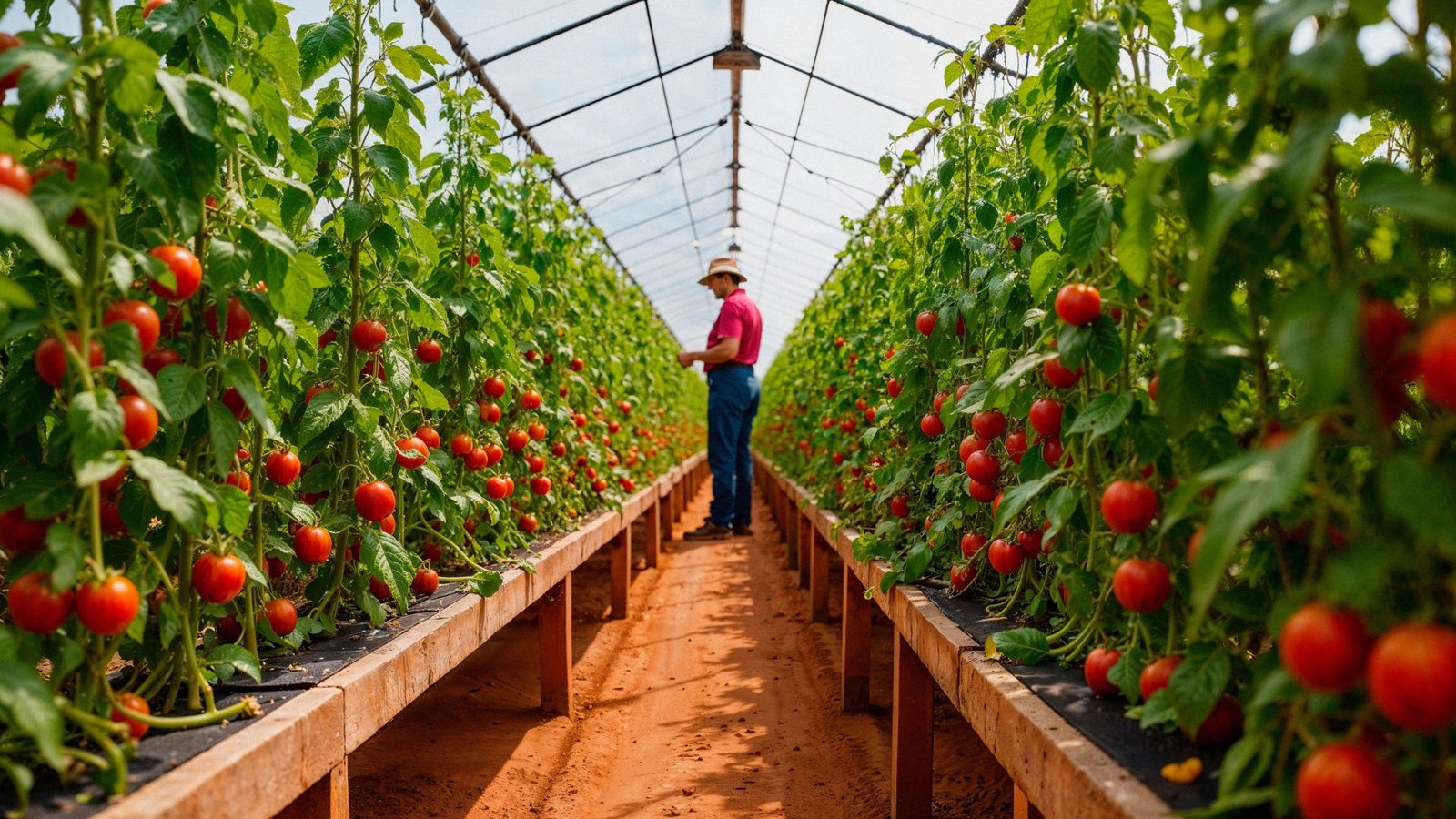
Florida heat can stop tomato flowers from turning into fruit. This is called Tomato flowering and fruiting failure due to heat stress. Flowers may drop off or not form at all. Choose heat-tolerant varieties and plant early to beat the worst heat.
Use mulch to cool roots and shade cloth to reduce sun stress. Avoid planting during the peak of summer, especially in Zone 10 vegetable gardening areas. Regular watering, afternoon shade, and the right planting time are the keys to success in high heat.
Watering Tomatoes in Florida: Beat the Heat
Tomatoes need deep, even watering. In Florida, inconsistent watering leads to blossom-end rot. Create a Seedling watering schedule from the beginning. Water early in the morning to avoid fungal growth from wet leaves.
Use drip irrigation or soaker hoses to water at the base. Tomatoes don’t like wet leaves. Mulch helps retain moisture and protects roots. Whether you’re doing Tomato container gardening or beds, never let them dry out completely during fruiting.
Pest and Disease Management for Florida Tomato Plants
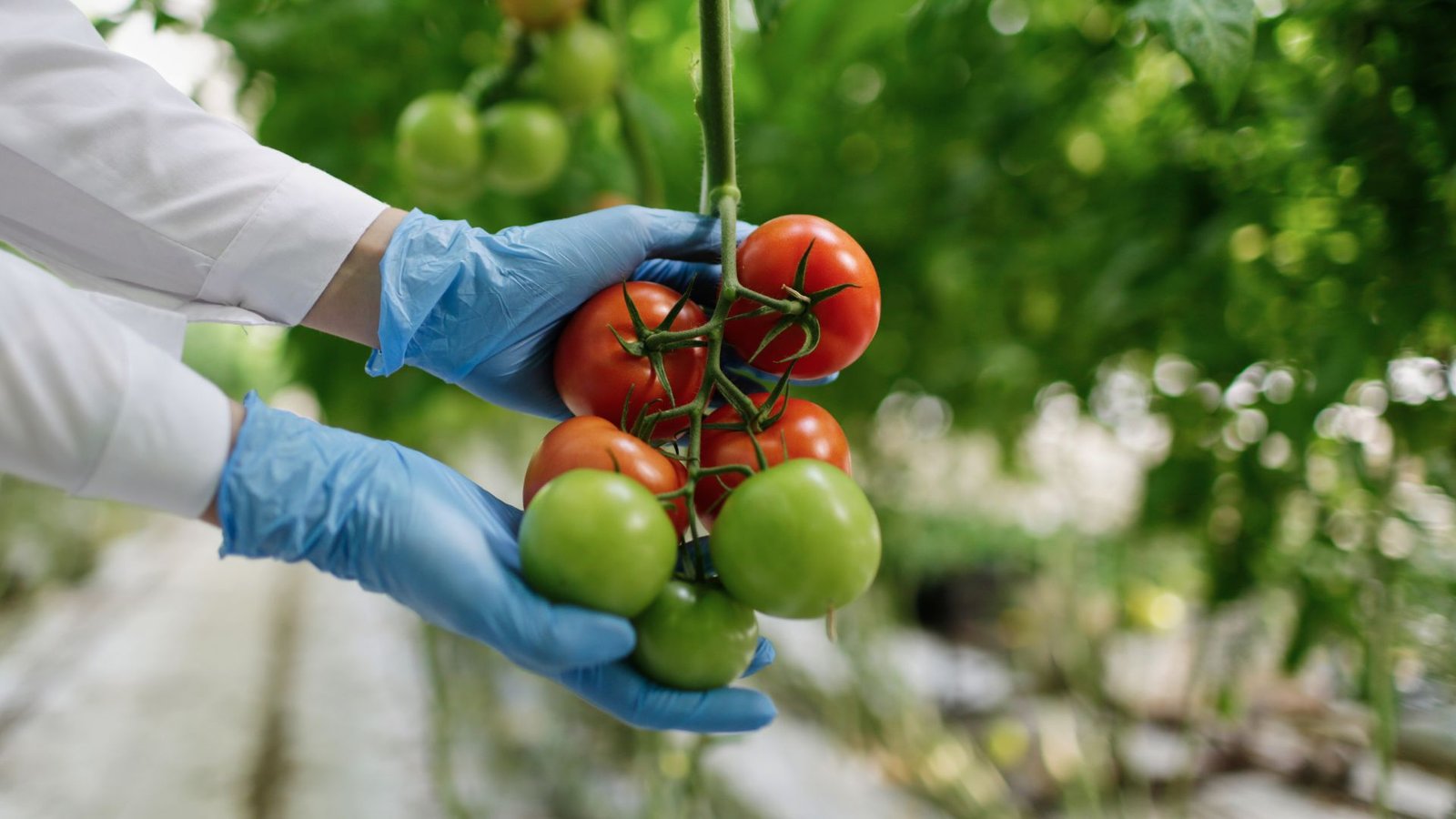
Florida’s pests can destroy tomatoes fast. The most common threat is the Tomato fruit worm. You may also see an Aphid infestation in Florida or stink bugs that suck the juice out of ripening tomatoes. Use Neem oil for tomato pests as a natural spray.
Practice Integrated Pest Management (IPM) by encouraging ladybugs and lacewings. Use Bacillus thuringiensis (BT) for caterpillars. Keep the area clean of weeds and old plants. Rotate crops yearly to avoid soil-borne diseases. Use resistant varieties whenever possible.
Supporting, Pruning & Caring for Tomato Plants
Tomatoes need support. Choose from Tomato staking methods like cages, stakes, or trellises. The Florida Weave works well for garden beds. Supporting the plant keeps fruit off the ground and improves airflow.
Prune lower leaves and suckers to focus energy on fruit. This helps reduce Humid weather plant diseases. Keep your plants clean, supported, and pruned to enjoy more tomatoes longer. Regular care keeps disease down and yield up.
Harvesting and Extending the Season

Tomatoes are ready to pick when fully colored and slightly soft. Don’t leave ripe fruit on the vine too long. Harvest every few days. In Florida, you can often get two crops per year if you follow your Florida tomato planting calendar.
To extend the season, try Frost protection for tomato plants using row covers in North Florida. For summer, use shade cloth to delay heat stress. With care, some gardeners grow Tomatoes in containers in Florida almost year-round in warmer zones.
Conclusion
Growing tomatoes in Florida takes knowledge, timing, and care. But once you understand your zone, the Tomato growing conditions, and how to handle pests and heat, it gets easier. Choose the right varieties, follow the correct planting schedule, and support your plants well.
Florida offers two tomato growing seasons if you plan ahead. Use this guide to start Starting tomato seeds indoors, prep your Raised bed gardening in Florida, and get ready for a tasty harvest. With the right strategy, you’ll enjoy delicious, homegrown tomatoes from your Florida garden all year long.
FAQs
1. What month do you plant tomatoes in Florida?
In Florida, plant tomatoes in February–March for spring and August–September for fall, depending on your zone.
2. What do I put in the hole when planting tomatoes?
Add compost, bone meal, crushed eggshells, and a small amount of organic fertilizer for vegetables to enrich the soil.
3. What is the best tomato to grow in Florida?
Everglades tomato, ‘Sweet 100’, and other cherry tomato varieties grow best due to their heat and humidity tolerance.
4. Do I need to cover tomato plants at 40 degrees?
Yes, if temps dip near 40°F, use frost protection for tomato plants to prevent cold stress and damage.
5. What overnight temperature can tomato plants tolerate?
Tomato plants can survive down to 45°F, but growth slows and damage is likely below that.

